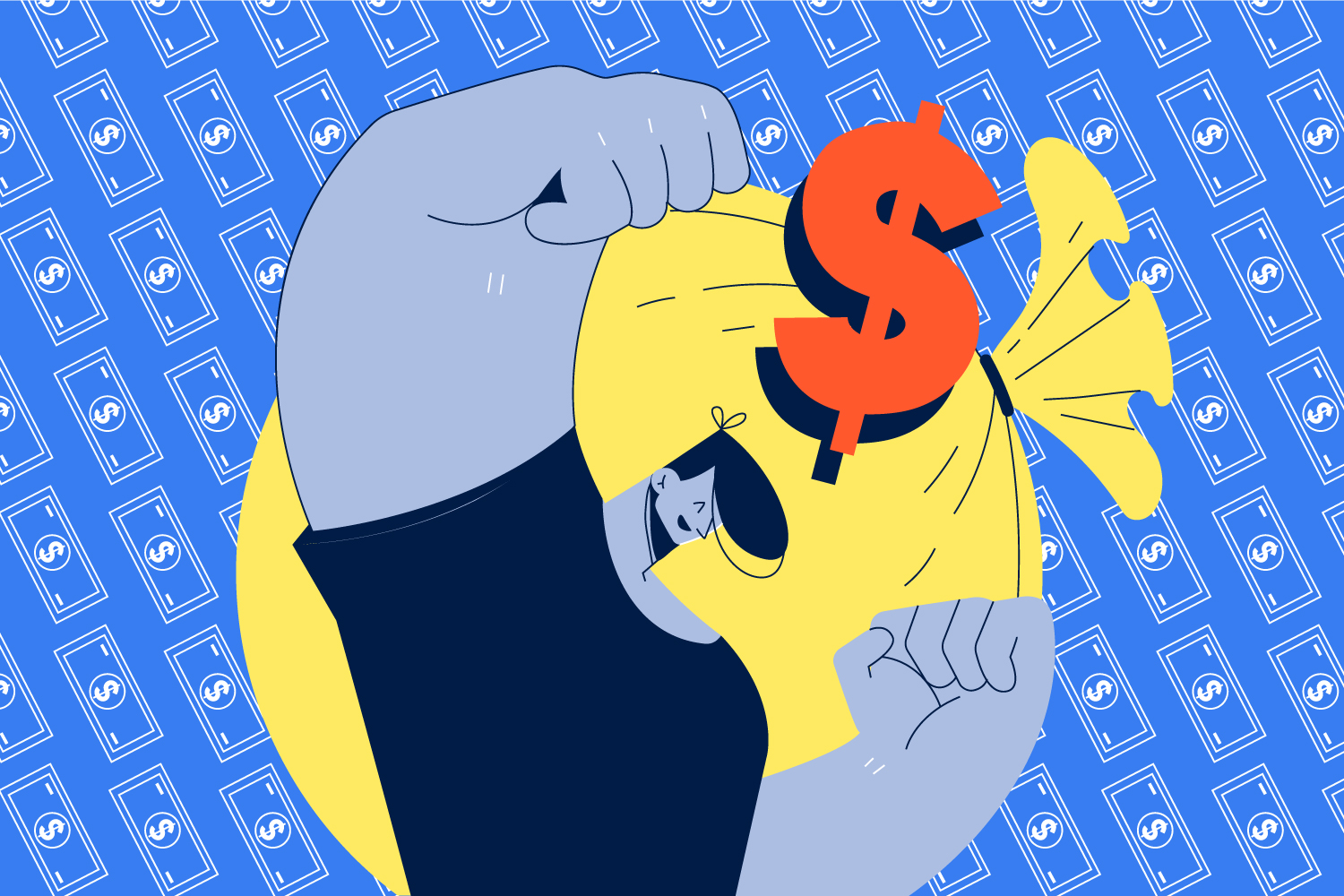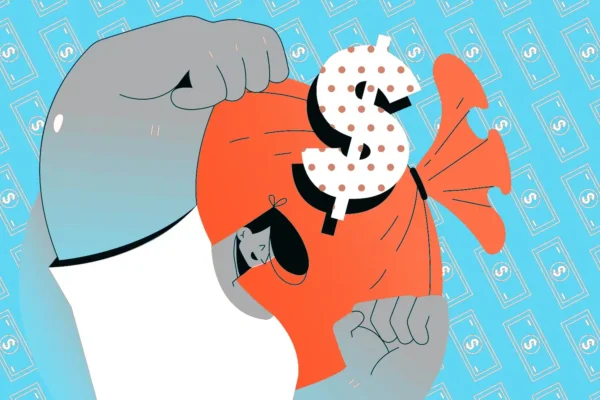
Texas Student Loan Forgiveness: Graduate from Debt

Student debt weighs heavily on Texas graduates. According to a 2024 study by the Education Data Initiative, the average Texas student owes about $33,746 in student loan debt. While this number has trended downward in recent years in part thanks to the Texas Higher Education Coordinating Board’s 60x30TX initiative, the typical starting salary of a college graduate is only around $58,000. As a result, many grads face an uphill battle when it comes to making loan payments and reaching financial stability.
But here’s the good news: if you live in the Lone Star State, you may qualify for Texas student loan forgiveness. From programs for teachers and nurses to support for attorneys and healthcare workers, there are several options designed to ease your student loan burden—if you know where to look.
Let’s break down your options, who qualifies, and how to apply.
What is student loan forgiveness?
Student loan forgiveness is when part or all of your student loan debt is canceled, typically in exchange for working in a specific field or serving in a high-need area. While federal student loans offer nationwide programs, Texas has its own slate of state-supported loan forgiveness programs designed for full-time professionals in public service roles.
These programs are typically administered by the Texas Higher Education Coordinating Board (THECB), and most are limited to federal loans—not private ones—so it’s important to review your loan type before applying.
Texas-Specific Loan Forgiveness Programs
1. Teach for Texas Loan Repayment Assistance Program
Texas has a well-known teacher shortage, especially in fields like math, science, special education, and bilingual education. If you’re a certified teacher working full-time in one of these high-need areas, you may be eligible for up to $2,500 per year in student loan repayment assistance.
To qualify for this program, you must:
- Teach in a Texas public school (Note: Priority is given to educators in Title I schools.)
- Be certified in a critical shortage teaching field
- Be currently teaching full-time in that field at the time of application and have taught in that field full-time for at least one year at the preschool, primary, or secondary level
Learn more about the Teach for Texas Loan Repayment Assistance Program here.
2. Math and Science Scholars Loan Repayment Program
This program is intended to help math and science teachers working in underserved schools. These teachers can qualify for up to $10,000 in loan repayment over five years.
To qualify for this program, you must:
- Be a certified teacher with a degree in math or science
- Serve in a full-time role at a Title I school
Learn more about the Math and Science Scholars Loan Repayment Assistance Program here.
3. Nursing Faculty Loan Repayment Assistance Program
To help address the nursing shortage, Texas offers loan forgiveness for nursing faculty. You could earn up to $7,000 annually, depending on your degree and where you teach.
To qualify for this program, you must:
- Hold a master’s or doctoral degree in nursing
- Be licensed by the Texas Board of Nursing state of Texas
- Teach full-time in a Texas-based nursing program approved by the Board of Nursing
Learn more about the Nursing Faculty Loan Repayment Assistance Program here.
4. Physician Education Loan Repayment Program
Doctors who practice in Health Professional Shortage Areas (HPSAs) may qualify for up to $160,000 in debt relief over four years. This program supports physicians who serve in underserved areas and specialize in family medicine, pediatrics, psychiatry, or similar fields.
To qualify for this program, you must:
- Be licensed in Texas
- Provide full-time service in a qualifying area
- Apply through the Texas Department of State Health Services
Learn more about the Physician Education Loan Repayment Program here.
5. Loan Repayment Program for Mental Health Professionals
Licensed counselors, psychologists, social workers, and psychiatrists can earn between $10,000 and $160,000 toward student loan repayment by working in underserved communities.
To qualify for this program, you must:
- Practice in an eligible specialty
- Work in a Mental Health Professional Shortage Area or serve Medicaid/CHIP clients
- Have completed at least one year of full-time qualifying service
Learn more about Mental Health Professionals Loan Repayment Program here.
6. Texas Access to Justice Student Loan Repayment Assistance Program
Attorneys working in legal aid positions earn modest salaries but carry large amounts of student debt. This program, supported by the State Bar of Texas, helps legal professionals continue to serve low-income clients by offering up to $6,000 annually in loan forgiveness.
Additional Options for Texans
Check with Your College or University
Some schools in Texas offer their own student loan repayment programs for graduates in specific fields. Reach out to your school’s financial aid or alumni services office to see what might be available.
Nationwide Student Loan Forgiveness Programs
In addition to Texas-specific options, you may also qualify for national programs that provide debt relief to full-time public service workers, healthcare professionals, or those on an income-driven repayment plan.
Public Service Loan Forgiveness (PSLF)
This federal program forgives the remaining balance on federal student loans after you make 120 qualifying payments while working full-time for a nonprofit or government employer.
Quick facts for this program:
- You must be enrolled in an income-driven repayment plan.
- Only federal Direct Loans qualify.
- Apply through your loan servicer and recertify employment annually.
- Income-Driven Repayment (IDR) Plan Forgiveness
If you’re not in public service but still struggling to pay off your loans, you can enroll in an income-driven repayment plan. These plans adjust your monthly loan payments based on income and family size. After 20–25 years of payments, any remaining balance is forgiven.
Types of IDR Plans:
- Pay As You Earn (PAYE)
- Revised Pay As You Earn (REPAYE)
- Income-Based Repayment (IBR)
- Income-Contingent Repayment (ICR)
Tip: Use the Department of Education’s Loan Simulator to estimate your payment and forgiveness timeline.
National Health Service Corps (NHSC) Loan Repayment Program
This federal program offers up to $50,000 in tax-free repayment assistance in exchange for two years of service in an HPSA. Doctors, dentists, and behavioral health providers are eligible.
Military Service Benefits
Each branch of the military offers its own student loan benefits. For example, the Army Loan Repayment Program may cover up to $65,000 in student loan payments for eligible enlistees.
Speak with a recruiter or education benefits officer to explore your options.
Final Tips: Stay Informed, Stay Proactive
Texas student loan forgiveness programs can provide meaningful debt relief—but many have limited funding or short application windows. Here’s how to stay ahead:
- Check eligibility each year. Qualifications and funding levels change.
- Set up calendar reminders for application deadlines.
- Talk to your loan servicer to make sure you’re on the right repayment plan.
Even if you don’t qualify today, future programs may emerge as education costs continue to climb. In the meantime, make consistent payments, monitor your credit, and explore repayment assistance options as part of your overall financial strategy.
Bottom Line
From Title I educators to rural physicians, Texas student loan forgiveness programs are helping professionals across the state manage their debt. Whether you qualify for state, federal, or profession-specific loan forgiveness programs, there’s no one-size-fits-all solution—but there is help available.
Start with research. Follow up with action. And know that with the right plan, student loan freedom is within reach.



